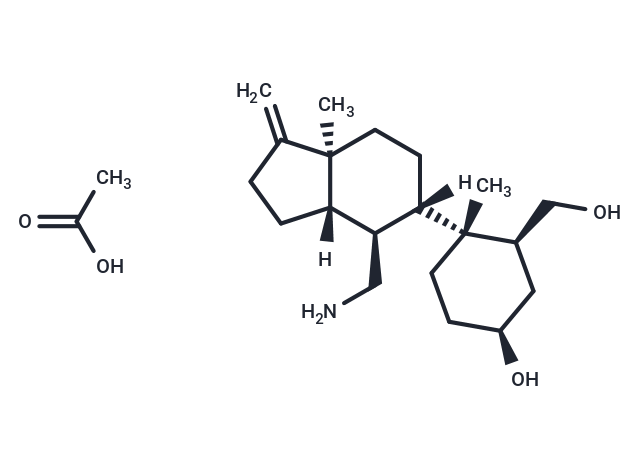Shopping Cart
- Remove All
 Your shopping cart is currently empty
Your shopping cart is currently empty

Rosiptor is a potent and selective SHIP1 activator. AQX-1125 inhibits Akt phosphorylation in SHIP1-proficient but not in SHIP1-deficient cells, reduces cytokine production in splenocytes, inhibits the activation of mast cells and inhibits human leukocyte chemotaxis. AQX-1125 suppresses leukocyte accumulation and inflammatory mediator release in rodent models of pulmonary inflammation and allergy.

| Pack Size | Price | Availability | Quantity |
|---|---|---|---|
| 25 mg | $2,570 | 10-14 weeks | |
| 50 mg | $3,380 | 10-14 weeks | |
| 100 mg | $4,600 | 10-14 weeks |
| Description | Rosiptor is a potent and selective SHIP1 activator. AQX-1125 inhibits Akt phosphorylation in SHIP1-proficient but not in SHIP1-deficient cells, reduces cytokine production in splenocytes, inhibits the activation of mast cells and inhibits human leukocyte |
| Alias | AQX-1125 acetate, AQX-1125, AQX1125, AQX 1125 |
| Molecular Weight | 381.55 |
| Formula | C22H39NO4 |
| Cas No. | 782487-29-0 |
| Relative Density. | no data available |
| Storage | Powder: -20°C for 3 years | In solvent: -80°C for 1 year | Shipping with blue ice. |

Copyright © 2015-2025 TargetMol Chemicals Inc. All Rights Reserved.